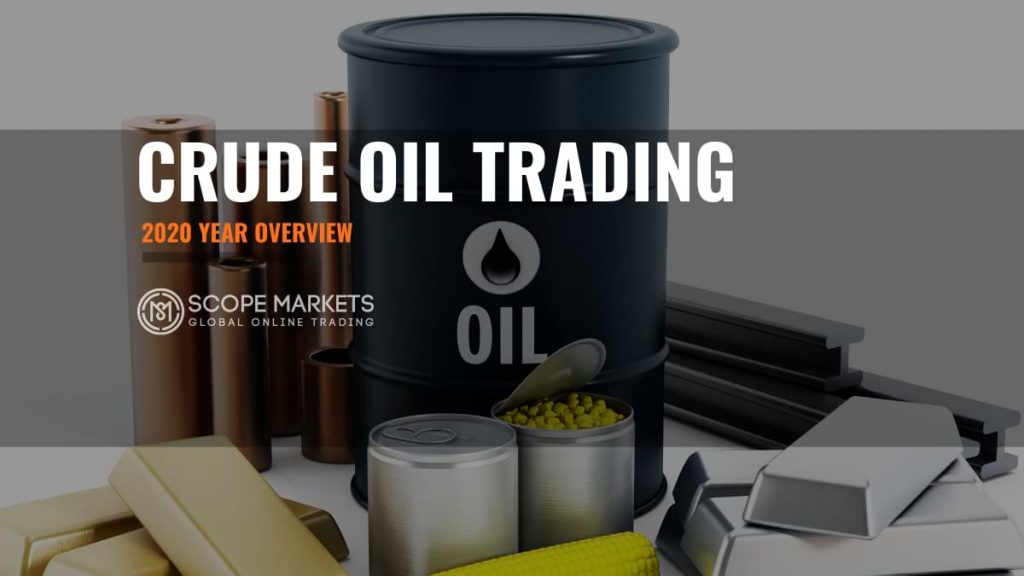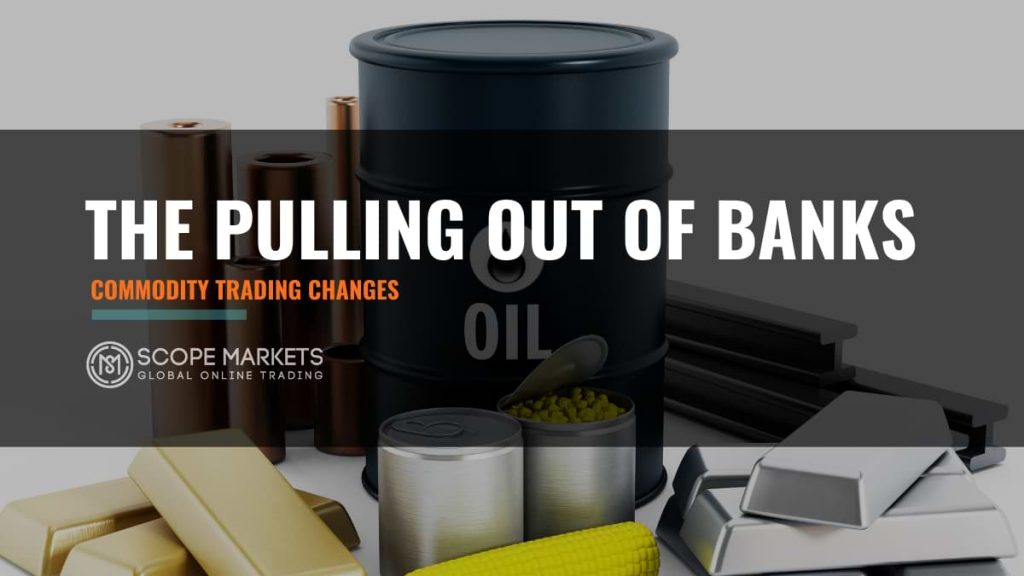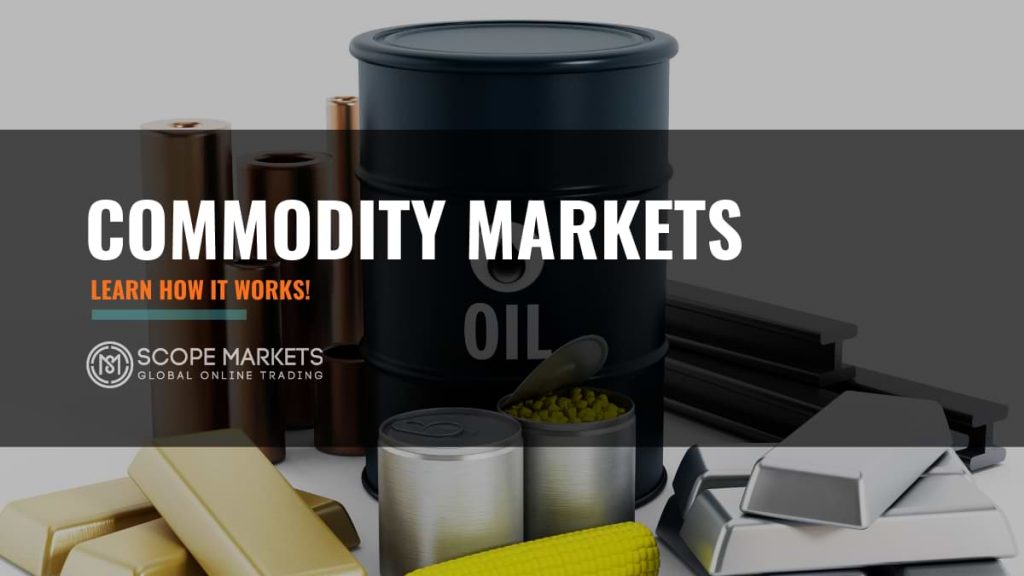Water Set to Become the Newest Commodity to Trade on Wall Street
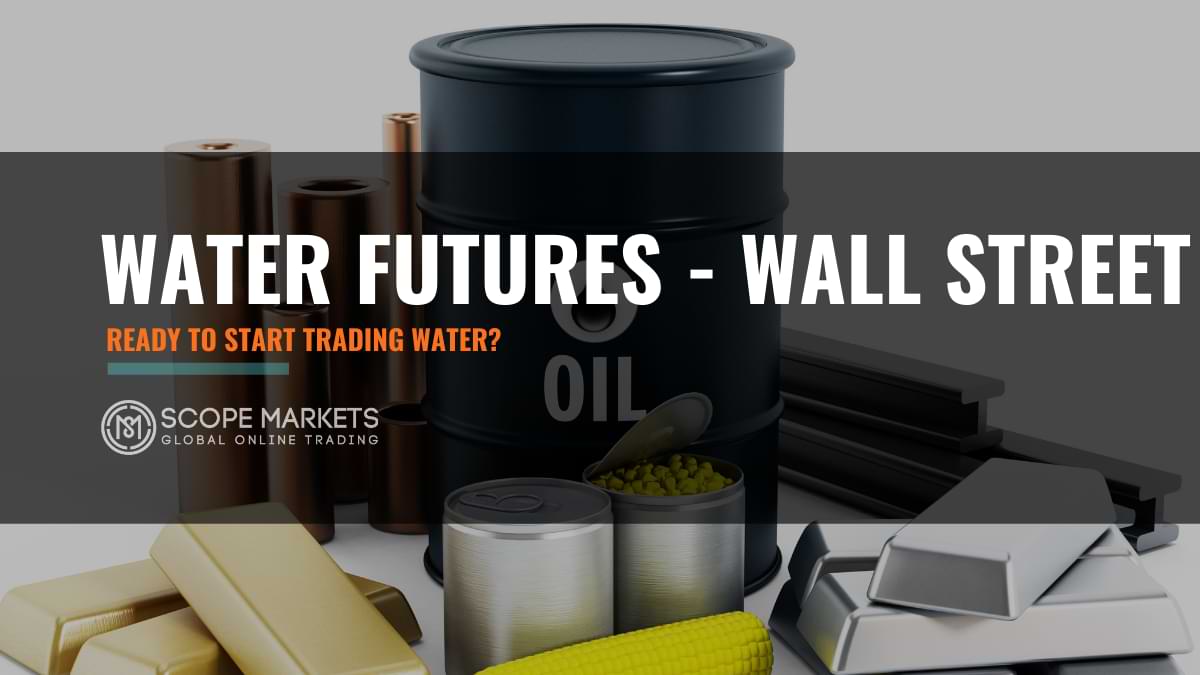
Table of Content
Overview
The major exchange operators NASDAQ and CME Group have recently indicated that they plan to launch a water futures contract on Wall Street sometime this year. The move to include the futures is set to allow speculators, farmers, and other parties interested in performing trades on the price of water.
According to market data, this will be the first of its kind in the history of financial instruments, allowing it to trade with the major raw materials like crude oil and agricultural commodities such as soybeans among others.
According to Lance Coogan [1], the CEO of Veles Water Ltd, water ranks among the most important commodities in the world, and whilst everything else is listed, water price isn’t. This means that it is about time water price is listed on the Wall Street market to allow futures traders wager on these prices.
I understand that as a futures trader you need to know how best to invest in water futures. It is, for this reason, I have put together this post to give you more insights into the water as a commodity in the futures contract and how best to trade it.
Water Scarcity- The Challenge
CME Group is one of the world’s largest futures exchange firms and it is set to start trading futures contracts on water supply, which also applies to NASDAQ on Wall Street. According to the exchanges firm, the move is aimed at allowing the big water consumers of California like the municipalities and almond farms to get a chance to hedge against the ever-increasing water prices.
At the same time, it will act as a benchmark to provide signals on how acute water scarcity is increasing, not only in the state but also across the globe.
Over the years, the supply of water has been tight in California and the larger parts of Africa and Asia. With the rising temperatures, the shortage might increase. Furthermore, about two-thirds of the population in the world may experience acute water shortages by the year 2025, or at least according to the CME brokerage firm [2].
On the other hand, commissioner Rostin Behnam at the Commodity Futures Trading Commission, which is responsible for overseeing the US derivatives markets, believes that the move to include water in futures and options trading underlines the growing focus from other regulators on what impacts the environment has on the world’s financial system stability [4].
Water Futures Contract Transactions on Wall Street
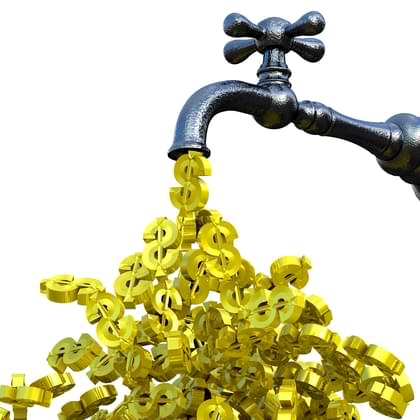
The water derivative in the futures will be a reflection of the transactions in the stock market for water in the state of California. It has some of the largest agricultural lands and a huge population, which makes it the thirstiest state in the US.
It is important to keep in mind that the futures trading of water will be priced in dollars an acre-foot and buyers and sellers will have to comply. Furthermore, buyers and sellers will have to understand that the acre-foot is the volume that needs to cover an acre about a foot deep. This is around 325,851 gallons.
Just recently, the NASDAQ Veles California Water Index, a NASDAQ composite, put the price of an acre-foot of water at $526.40 on Wall Street. The price is indicative of a 25% decline from the start of summer. These prices then tripled in spring because February is a historically dry month in California.
According to market data, it’s not the first time for NASDAQ to pitch water pricing. However, it was the Veles brokerage firm that was the first to actually produce a stock index data set of the actual transactions with history and volume sufficient to facilitate a pricing index on Wall Street. The primary objective was to provide a reference point for futures trades in a stock-market that is otherwise opaque.
Layering the Price Index Over Futures Trading
This seemed like the most logical step. It is because all the buy-and-sell activities will be hosted by the CME brokerage firm. It is responsible for making derivatives markets and options in trade futures like cheese, lumber, livestock, and stock-market.
The futures and options will be available on any trading platform or proprietary trading software owned by different brokers for up two years. It will be for over 10 monthly future contracts. This means that it will be one future contract for every three months plus the two non-quarterly months. According to market commentary, each of these index futures will stand for about 10 acre-feet of water.
Is it Going to be Easy Locking on Prices on Water in the derivatives market?
The truth of the matter is that it’s not going to be easy for trades in the derivatives markets to transact in water. Regardless of the trading software you use, whether it is a proprietary online trading platform or any other trading software, trading on water prices isn’t the same as trading on oil futures, interest rates, crude oil, stock indices, bond futures, Eurodollar futures or gold futures in the global market.
The list of the buyers and sellers willing to start hedging on water prices will be quite short because they will have to be local to the water. Furthermore, the global market is not as liquid as it was initially.
According to a water expert at the Pacific Institute Think Tank, Peter Gleick, the impact of water futures in California will be minimal. Therefore, the likelihood, in this case, is that the price will pinball in either direction [3].
You need to keep in mind that precipitation pattern is highly volatile, which means the securities will be volatile too. Nonetheless, the NASDAQ Veles California Water Index will play a critical role in helping drive better trade outcomes for the global water market traders via verifiable price discovery.
Will Liquid Transparent Futures Market Create a Forward Curve?
The transparent futures market will play an instrumental role in creating a forward curve to ensure that users of water could capitalize on hedging future price risk. For instance, about 40% of consumed water in California is for irrigation of about 9 million acres of crops.
The Veles index futures will grant an agricultural producer the chance to plan for any case of changing the costs of water needed. At the same time, a commercial end-user will easily navigate any price risk in financial instruments when the prices of water start fluctuating.
Trade Crude Oil, Natural Gas & Brent with no commissions.
How Investing in Water Works
There are several ways to invest in water commodities. Here are some of the options for trading in the commodity.
- Investing in low-cost ETFs: ETFs, or rather exchange-traded funds, are popular investment vehicles for futures traders to leverage since they allow you access stocks for lows, often as low as 0.5% of the overall investment.
- Investing in water rights: It gives you to access water coming from clean water sources like rivers and groundwater. You can use these rights to charge governments and companies to access the water that your investment covers. You should choose the best online trading investing websites.
What Indexes Should you look into?
As a futures trader, you need to use market commentary to track the performance of your investments. The best way to do this is by using the following stock indexes:
- The S&P Global Water Index: Using this index, you can get coverage of the 50-water related firms around the world.
- The Dow Jones US Water Index: The Dow Jones tracks the funds and stocks operating in the United State’s water sector.
- The S-Network Global Water Indexes: They are aimed at serving as transparent, impartial, and fair measures of how the Global Water Industry performs.
- NASDAQ OMX Global Water Index: This index tracks the performance of firms across the globe working to purify and conserve water for industries, businesses, and homes. It follows equity-only funds and stocks.
About the CME Group
It is the world’s most diverse and leading derivatives markets that give traders a chance to trade on stock index futures, futures options, OTC markets, and cash. Apart from the OTC markets, it also allows for the optimization of portfolios and using market commentary to analyze market data to empower buy-and-sell participants globally to effectively manage price risk and volatility to capture opportunities in Wall Street.
Moreover, it offers a broad range of benchmark products cutting across major asset-class basing on equities, metals, agricultural commodities, interest rates, energy, metals, and foreign exchange. Additionally, CME also operates a leading counterparty clearing provider. The clearing provider is CME Clearing.
Some of the trademarks of the Chicago Mercantile Exchange, Inc. Include:
- The Globe Logo.
- Chicago Mercantile Exchange.
- E-mini.
- CME Group.
- CME.
The Chicago Board of Trade (CBOT) is also a trademark of the Board of Trade of the City of Chicago, Inc. On the other hand, the trademarks of the New York Mercantile Exchange are:
- ClearPort.
- New York Mercantile Exchange (NYMEX) broker.
The Commodity Exchange trademark is a COMEX broker. Also, Dow Jones Industrial Average, Dow Jones, S&P 500 are trademarks of Dow Jones Trademark Holdings LLC.
Overall, trading on water futures on Wall Street is an ideal way for traders to wager on a fast-changing climate whether from a short position or long traded positions. All you need is to ensure you conduct adequate fundamental analysis on the traded securities. Was this post insightful? If yes, feel free to share it across your social media platforms and leave a thumbs up.
Sources
Disclaimer: This material is a marketing communication and shall not in any case be construed as an investment advice, investment recommendation or presentation of an investment strategy. The marketing communication is prepared without taking into consideration the individual investors personal circumstances, investment experience or current financial situation. Any information contained therein in regardsto past performance or future forecasts does not constitute a reliable indicator of future performance, as circumstances may change over time. Scope Markets shall not accept any responsibility for any losses of investors due to the use and the content of the abovementioned information. Please note that forex trading and trading in other leveraged products involves a significant level of risk and is not suitable for all investors.
